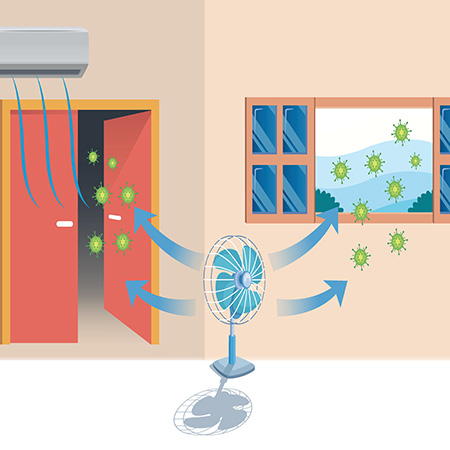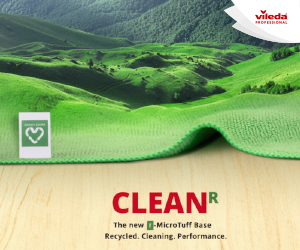A research article published by SAGE journals aims for a better understanding of the risk of airborne infection within indoor spaces, particularly pertinent at the moment as the pandemic continues and people return to work. It highlights the importance of well-ventilated spaces, but also cautions that even moderate changes to conditions within the office space, or a new variant of the disease cause complications.
‘Predictive and retrospective modelling of airborne infection risk using monitored carbon dioxide’ presents a method to determine the relative risk of airborne transmission that can be readily deployed with either modelled or monitored CO2 data and occupancy levels within an indoor space. The article establishes protocols that can be applied to assess the risk of airborne infection within groups of people regularly attending the same open-plan work space, such as an office. It presents a methodology to calculate the number of secondary infections that might arise from a regular attendee becoming infected and demonstrates its model.
The British Occupational Health Society (BOHS) has also issued a simple ventilation self-help guide for workplaces complete with a technical ventilation check tool.










